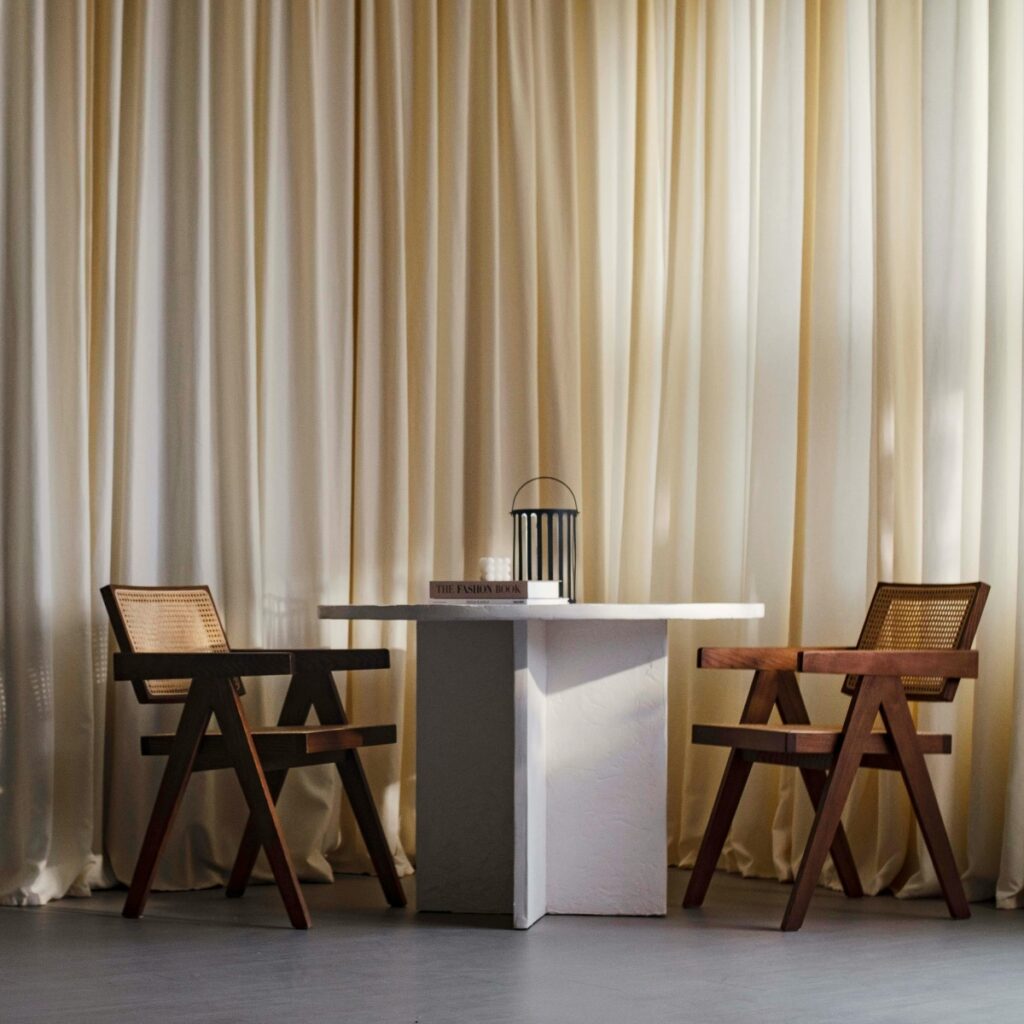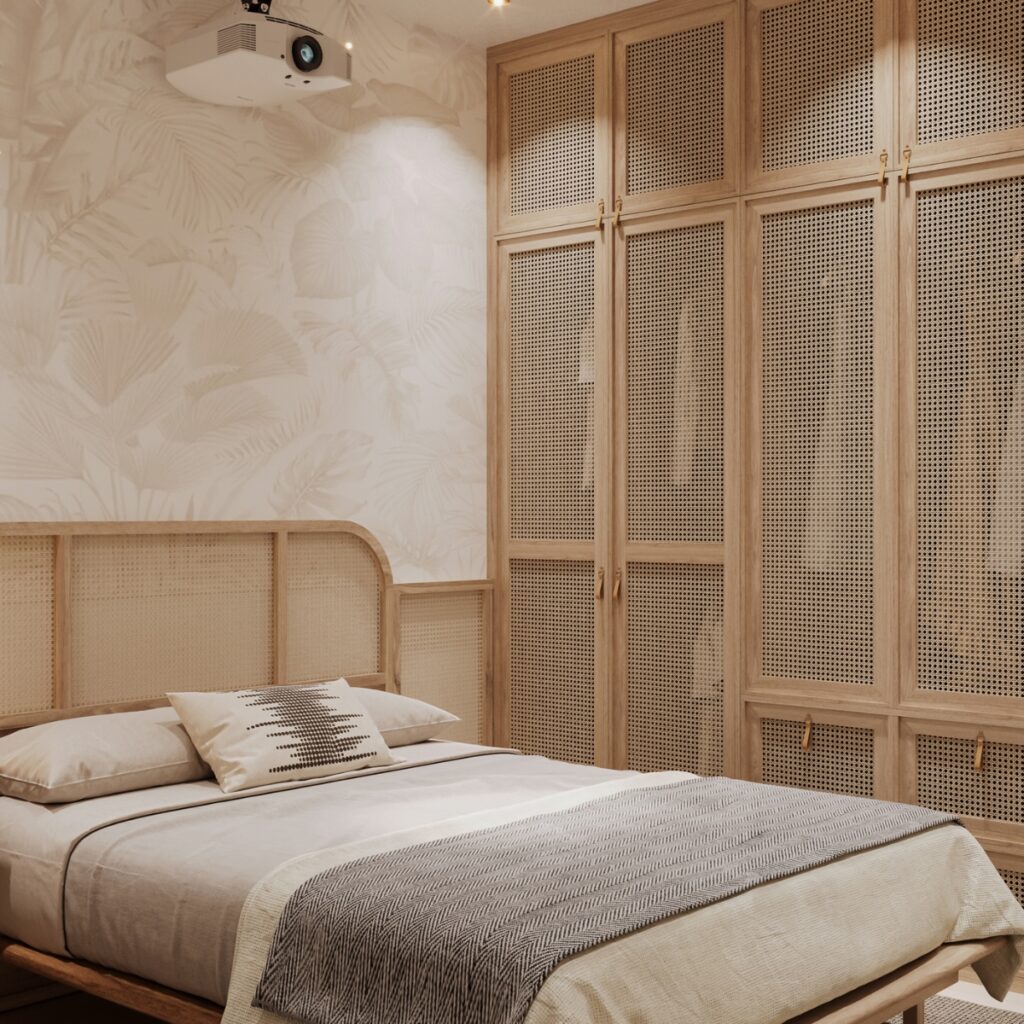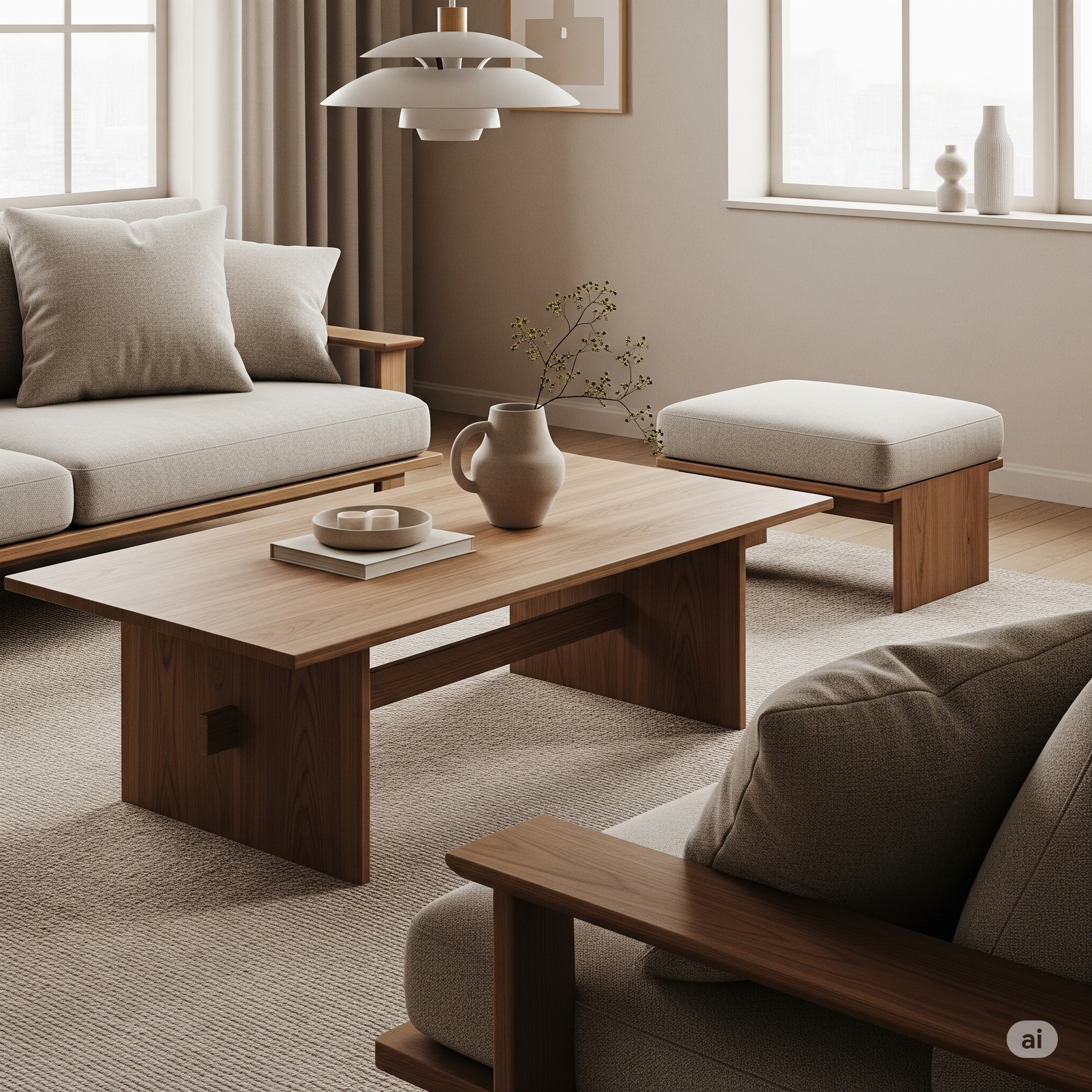
The serene beauty of japandi furniture doesn’t require a complete home makeover to achieve. This harmonious blend of Japanese minimalism and Scandinavian functionality can seamlessly integrate with your existing decor, creating a more balanced and peaceful living environment. Whether you’re looking to introduce a few key pieces or gradually transition your entire home, mixing japandi style furniture with your current setup is both achievable and rewarding.
Understanding the Japandi Aesthetic
Before diving into integration strategies, it’s essential to understand what makes japandi furniture unique. This design philosophy emphasizes natural materials, clean lines, neutral color palettes, and functional beauty. The style celebrates imperfection through wabi-sabi principles while maintaining the Scandinavian focus on comfort and practicality.
Start Small: Strategic Placement of Key Pieces
The beauty of incorporating japandi furniture lies in its versatility. You don’t need to overhaul your entire home overnight. Instead, begin with one or two statement pieces that can anchor your existing decor while introducing the japandi aesthetic.
Consider starting with a single piece of japandi living room furniture, such as a low-profile coffee table made from natural oak or a sleek media console with clean lines. These pieces naturally complement most existing furniture styles without overwhelming your current setup. The key is choosing items that share similar proportions or materials with your existing pieces.
Color Harmony: The Foundation of Successful Integration
One of the most crucial aspects of mixing japandi style furniture with your current decor is achieving color harmony. Japandi palettes typically feature warm whites, soft beiges, muted grays, and natural wood tones. If your existing furniture includes bold colors or patterns, you can still make the integration work by using japandi pieces as neutral anchors.
For instance, if you have a colorful sofa, introduce a japandi-style wooden side table or floor lamp to ground the space. The natural wood tones will complement almost any color while adding that sought-after organic element characteristic of japandi design.
Room-by-Room Integration Strategies
Living Room Integration
When incorporating japandi living room furniture, focus on pieces that promote relaxation and social connection. A low-slung sofa in natural linen can work beautifully alongside your existing armchairs, especially if you tie them together with coordinating throw pillows in neutral tones.
Consider replacing or supplementing your current coffee table with a japandi-style piece featuring natural wood and clean lines. This single change can significantly impact your living room’s overall feel while maintaining functionality. Add floor cushions or a meditation corner with a simple wooden stool to enhance the zen-like atmosphere.
Bedroom Transformation

Japandi bedroom furniture excels at creating peaceful sleep environments. If you’re not ready to replace your entire bedroom set, start with smaller pieces that make a big impact. A simple wooden nightstand with clean lines can replace ornate bedside tables, instantly updating your bedroom’s aesthetic.
Platform beds are quintessential Japandi bedroom furniture pieces, but if replacing your bed isn’t feasible, focus on textiles and accessories. Natural linen bedding in neutral tones, combined with a simple wooden bench at the foot of the bed, can transform your bedroom’s atmosphere without major furniture changes. Complete the look with a Japandi lamp—its minimalist design and soft, warm lighting add both function and calming ambiance to your space.
Balancing Textures and Materials
Successful integration of japandi furniture relies heavily on texture mixing. The style celebrates natural materials like wood, bamboo, linen, and cotton. Even if your existing furniture features different materials, you can create cohesion through thoughtful textile choices and accessories.
Layer natural fiber rugs over existing carpeting, introduce wooden picture frames, or add ceramic vases in earthy tones. These smaller elements help bridge the gap between your current decor and new japandi pieces, creating a cohesive look that feels intentional rather than mixed-matched.
Working with Different Design Styles
Modern and Contemporary Spaces
If your home features modern or contemporary furniture, integrating japandi style furniture is often seamless. Both styles appreciate clean lines and functionality. The main difference lies in material choices and color palettes. Add warmth to sleek modern spaces with japandi wood furniture pieces and natural textiles.
Traditional and Classic Decor
Mixing japandi furniture with traditional decor requires more careful consideration but can yield stunning results. Focus on shared elements like quality craftsmanship and natural materials. A traditional wooden dining table can work beautifully with japandi-style dining chairs, while maintaining the room’s classic feel.
Bohemian and Eclectic Homes
Bohemian spaces often welcome diverse furniture styles, making them perfect for japandi integration. The natural materials and earthy tones of japandi pieces can ground more eclectic elements while adding a sense of calm to busy spaces.
Practical Tips for Successful Integration
Start by decluttering your space to embrace the minimalist aspect of japandi design. Remove unnecessary decorative items and furniture pieces that don’t serve a clear purpose. This creates space for your new japandi furniture to breathe and makes the integration feel more natural.
When shopping for japandi furniture, bring photos of your existing pieces to ensure color and scale compatibility. Many furniture stores offer augmented reality apps that can help you visualize how new pieces will look in your space.
Consider the room’s lighting when placing japandi furniture. These pieces often feature beautiful wood grains and subtle textures that are best appreciated in natural light. Position key pieces where they can be properly illuminated throughout the day.
Budget-Friendly Integration Approaches
You don’t need to invest in expensive furniture to achieve the japandi look. Focus on DIY projects that can transform existing pieces. Sand and refinish dark wood furniture with lighter, natural stains. Replace ornate hardware with simple, clean-lined alternatives.
Shop secondhand for solid wood pieces that can be refinished in the japandi style. A simple coat of natural oil can transform an outdated piece into something that perfectly complements your japandi aesthetic.
Creating Visual Flow
Ensure your integrated japandi pieces create visual flow throughout your home. Repeat materials, colors, or shapes across different rooms to create cohesion. If you choose a particular wood tone for your japandi living room furniture, echo it in your bedroom or dining room pieces.
Use the “rule of three” when placing japandi furniture. Group items in odd numbers and vary heights to create visual interest while maintaining the clean, uncluttered aesthetic that defines the style.
Maintaining Balance Over Time
Successfully mixing japandi furniture with existing decor is an ongoing process. As you add new pieces, regularly assess whether they maintain the peaceful, balanced atmosphere you’re trying to achieve. Sometimes removing an existing piece is just as important as adding a new one.
Remember that japandi design philosophy values quality over quantity. Invest in fewer, higher-quality pieces that will stand the test of time rather than filling your space with multiple items that don’t truly serve your needs or aesthetic goals.
Conclusion
Integrating japandi furniture with your current decor is about creating harmony rather than uniformity. By focusing on shared principles like functionality, natural materials, and clean design, you can create a cohesive space that honors both your existing pieces and your desire for a more peaceful home environment. Whether you’re adding a single piece of japandi bedroom furniture or completely transforming your living room, the key is patience, intentionality, and respect for the calming principles that make this design style so appealing.
Take time to live with each new addition before making further changes. This allows you to truly understand how each piece functions within your space and ensures that your final result feels both authentic and personal.

